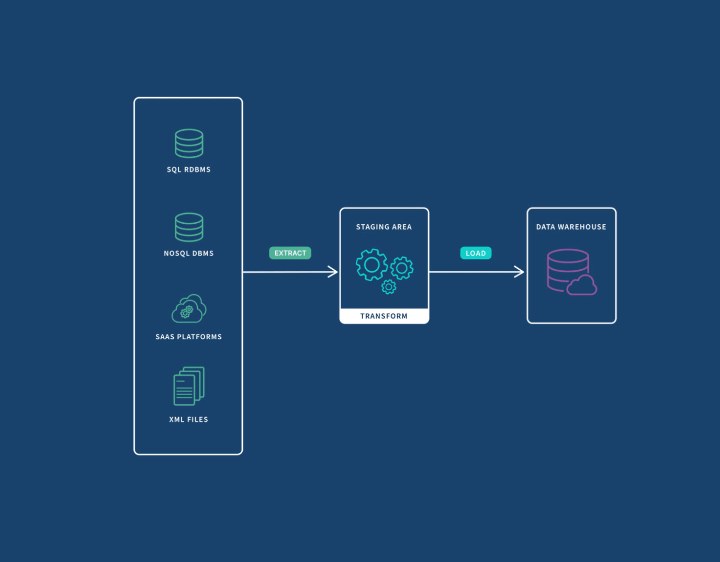Data has always been invaluable. Back at 1970/1980s, the term information engineering methodology (IEM) was used by database administrators and systems analysts for calling the techniques of the use of software for data analysis and processing. These were meant to bridge the gap between strategic business planning and the information in their systems.
With the rise of the internet, the surge in data volume, velocity and variety underscores the critical need for organizations to possess the capability of collect and analyze data effectively. These organizations face new challenges that previous solutions will not give enough flexibility and scalability. Consequently, a new term and field have emerged to address these evolving complexities: Data Engineering.
In this article, I will explain what this field is and what are the general responsibilities of the role in any organization. But before that, we need to understand the concept of Data Governance.
What is data governance and why is it important?
"Data governance is everything you do to ensure data is secure, private, accurate, available, and usable. It includes the actions people must take, the processes they must follow, and the technology that supports them throughout the data life cycle." (extracted from Google Cloud website).
Probably this is not the first time you might have heard of data governance. In the end, it is the only thing that matter if we want to use data to our advantage. Data governance is a core component of an overall data management strategy.
Effective data governance ensures that data is consistent and trustworthy. It's increasingly critical as organizations face data regulations and rely more and more on data analytics to help optimize operations and drive business decisions. A well-designed data governance program typically involves people with different roles and responsibilities. They work together to create the standards and policies for governing data, as well as implementation and enforcement procedures.
In this program, data engineering takes a important role in the architecture and implementation of the data pipelines.
What is data engineering?
Data Engineering is the field that involves the designing, development and maintenance of data architectures and the accomplish of data governance. As its name might suggest, data architectures are the systems built for enabling the collection and usage of data.
In data engineering, day by day tasks involves the creation of data pipelines, the optimization of data workflows, and to keep the reliability of the infrastructure from a data perspective.

The prior image is a example of what is data engineering.
In the data pipeline, we have multiple sources of data that we need to extract or collect. Sources could vary from providers and technologies. After the extraction, in a third-party or in-house platform, the data goes to a sequence of transformation to bring out the important insights that the organization is looking out. These transformations usually are SQL queries, but we can include more complex ones like machine learning algorithms or patterns recognition.
Part of the transformations, it's important the cleaning of the data. Some times unsupervised data is corrupted and inaccurate with other data points in the systems. Additionally it helps to identifying incomplete, incorrect, inaccurate or irrelevant parts of the data and it's fixed or replaced to match the overall system.
Finally, after the data is extracted and processed, it is stored into the data warehouse, where different type of users will use the transformed data to get answers for their business needs. For example: Senior managers need accurate, and timely data to make strategic business decisions. Marketing needs trustworthy data to understand what customers want.
Now that we know more about data engineering, we need to talk about the role that oversights the process: data engineer.
The responsibilities of the data engineer
A data engineer is the role responsible of designing and build the data pipelines where the data is going to be extracted, transformed and loaded (ETL). As part of this work, the data engineers have to create the models or schemas for the new data in a way it's optimized for the business needs.
In their domain, a data engineer should be a skilled person in SQL and database optimizations (queries, indexes) and have general knowledge in extraction tooling. Another skill indispensable for a data engineer is the ability of assert and follow data quality guidelines to ensure the business integrity and compliance with diverse regulations.
Although technical skills are important, in this role is needed a good set of power skills as usually it will need to interact in a cross-team environment with the goal of meet data and business requirements.
Some of the services or technologies a data engineer knows are: databases, AWS Glue, Snowflake, Python, Spark, Pandas, Apache Airflow, and any other ETL tool. Also basic knowledge in the major cloud providers is a plus at the design of the data architectures.